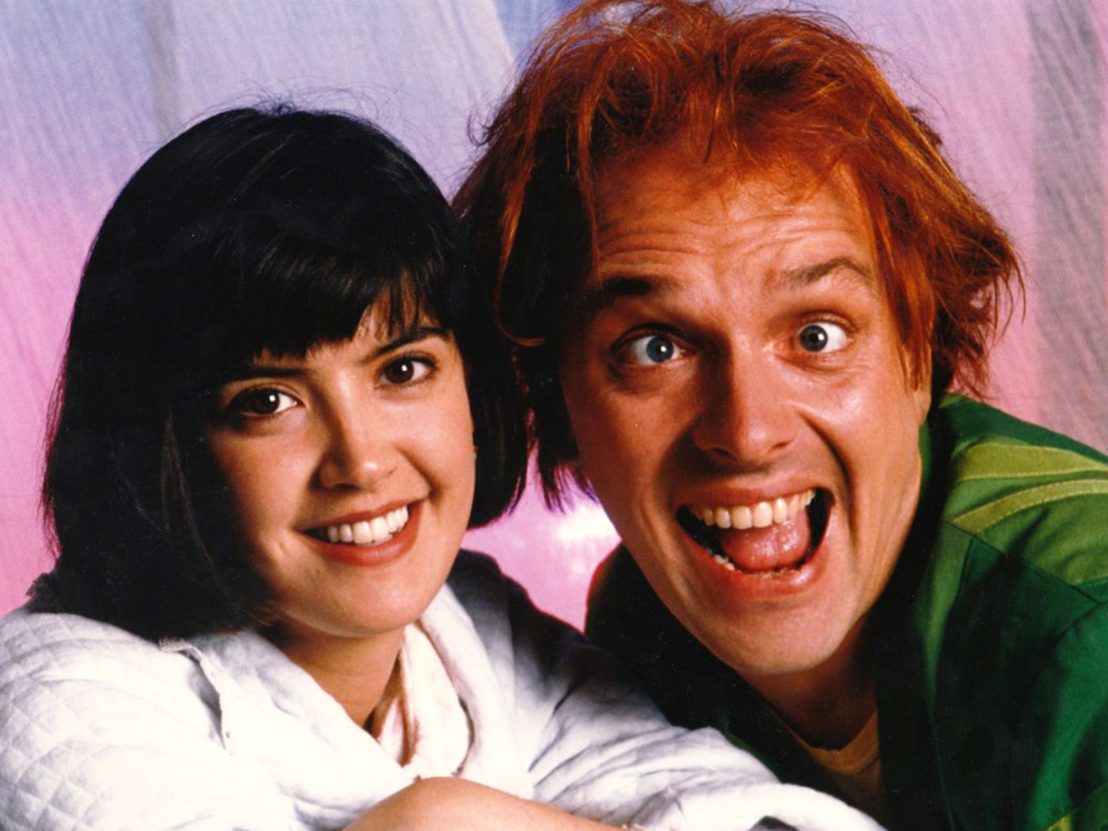
Director Ate de Jong tells the inside story of one of the craziest and most unique studio films of the 1990s.
Pop culture and nostalgia are often intrinsically linked. Our fondness for old movies and TV shows surely stems partly from the fact that, while we’re forced to experience life’s unexpected twists and turns, the material we love stays safely intact. It’s rare for a movie that left a mark on you growing up to age with you, let alone find a powerful new significance later in life. Then again, coming-of-age comedy Drop Dead Fred is kind of a rare movie.
The Hollywood debut of Dutch filmmaker Ate de Jong and counter-culture king Rik Mayall, it’s a film with an unusual flavour. The story follows Lizzie (Phoebe Cates), a child so traumatised by her overbearing mother that she invents her own nose-picking, dog-poo-loving imaginary friend, Drop Dead Fred (Mayall). After Lizzie’s mum (or the Mega Beast, as Fred calls her) puts an end to her make-believe pal, we fast-forward to a grown-up Lizzie struggling to bin off her toxic ex. Cue Drop Dead Fred, who returns during Lizzie’s time of need to help her heal some deep wounds that link back to her troubled childhood.
Originally pitched to director Tim Burton and star Robin Williams, de Jong and Mayall were hardly the duo Polygram and New Line had in mind for the project. Although in hindsight, getting a pass from two creatives with such broad and identifiable characteristics was perhaps the best thing to happen to the film. With the loose European storytelling of de Jong and the rebellious anarchy of Mayall, Drop Dead Fred was accidentally enriched with a unique brand of chaos and charm.
“We were a good match in character,” suggests de Jong, recalling his first meeting with Mayall. “I was certainly not as expressive as he was but on a political level, I was very much in the same vein. While we were shooting, Thatcher stepped down, and he said it was a disaster because now he couldn’t make jokes about her anymore. He just trusted me and I have no idea why. I suppose he saw my Dutch movies which were very open and provocative. There was no hesitation or shame – and I think he liked that.”
“Rik said ‘Mega Bitch’ a few times but we were only allowed to say it twice, so the rest became ‘Mega Beast’.”
Having worked closely with writers Carlos Davis and Anthony Fingleton, Mayall had already made Fred his own before production began. Once on set, however, he and de Jong worked together to flesh out Fred’s world. “We talked about what the character could and couldn’t do and how emotional he’d be,” remembers de Jong. “A simple thing we decided was that whatever Fred did was perceived by others as Lizzie doing it. So he couldn’t do something she wouldn’t be able to do, like lift a fire truck. By the same token, he had an independence. We went with the presumption that there is a large group of imaginary friends that get assignments. They can have their own opinion that’s not necessarily the opinion of the person they belong to.”
Their next job was bringing Fred to life by giving the character his now iconic threads. “The green suit wasn’t in the script,” explains de Jong, “it was costume designer Carol Wood who came up with it. We thought, he’s imaginary and, in a certain way, a prisoner – because he’s the prisoner of Lizzie – so we wanted him to have stripes like prison bars. Carol said it had to have ugly, yucky, vomit-y colours – but in a pleasant way. That’s why it became green and yellow.”
Mayall went a step further, setting his own rules for the way Fred might act when set loose in the real world, as De Jon explains: “Rik thought that as long as he was honest to the character – which meant very energetic and showing unlimited imagination, like kids have – then even though he could be mean to kids or adults, nobody would blame him because kids have no filter.” Was there ever a moment when Mayall took things too far? “New Line had a veto in the edit and cut a few things,” says de Jong. “For instance, Rik said ‘Mega Bitch’ a few times but we were only allowed to say it twice, so the rest became ‘Mega Beast.’”
The cuts didn’t stop there. “After Fred rubs dog poo on the carpet and Lizzie’s mum catches an ink pot that almost spills, he bends over and slowly spits on her head – that had to be cut too. And later when he’s in the kitchen, he flicks snot into Lizzie’s mum’s cup of tea and she drinks it. One of those elements had to be cut – the landing or the drinking.”
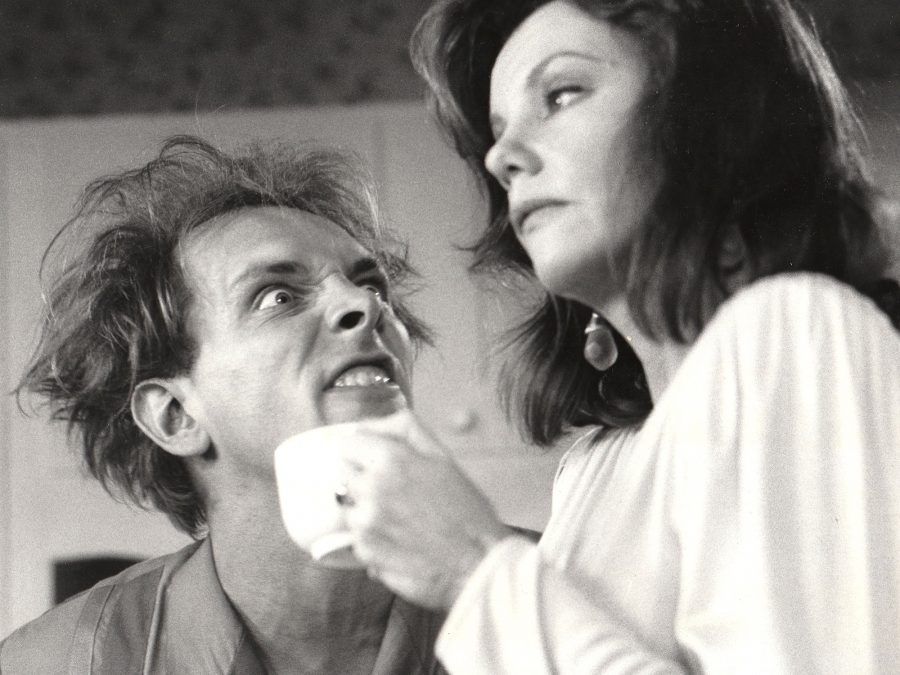
Despite being known for his live-wire performance style, de Jong says that Mayall controlled himself during the shoot, with minimal off-the-cuff moments. “During one of the flashbacks where he’s making the mud pie with Lizzie, he tears up the little box that he ends up being trapped inside and says, ‘Sometimes, when you want to fix something, you have to tear it apart before it becomes better’; that’s a typical Rik line.”
With filming taking place at Prince’s Paisley Park Studios in Minneapolis, one of the wilder rumours surrounding the production is that The Purple One himself visited the set. “I didn’t meet him,” admits de Jong, “but there were people who say they did and he gave them a tour of his recording studio. There were also rumours he came to watch the shooting but stayed at a distance – it might very well be true.” As for what it might have been like being in a room with Mayall and Prince… “I think Prince would have been totally overwhelmed,” smiles de Jong. “If Rik had met somebody like Prince – whom he probably admired – he’d probably be even more rambunctious to hide his admiration.”
On release, distributors sold Drop Dead Fred as a kids’ movie, despite test screenings suggesting otherwise. “The analysis of test audiences discovered these were people who either had an imaginary friend when they were younger, or liked the anti-adult behaviour,” reveals de Jong. “They felt the liberation of Lizzie and how Fred allowed her to stand up for herself and become an adult. It was a comedy with a serious theme that never became serious.”
With sequels mooted but never made (“They wanted Rik, then Jim Carrey, then Russel Brand,” says de Jong), all we’re left with is a film that, in its own off-the-wall way, is completely unique. Mayall’s grinning, wide-eyed presence – combined with the fact that Hollywood rarely came calling for him again – makes Drop Dead Fred a rare nostalgic treat. And with issues around abuse and mental health much more widely discussed, it’s also a film that hits harder than it did back in 1991.
“I appreciate it more now,” says de Jong. “In the beginning, I didn’t see its uniqueness. The layer I tried to put in is that childhood trauma is only overcome if you accept and forgive yourself. Over the years, many people have told me they picked up on it and I’ve found the film has a very therapeutic value. Psychotherapists in California use it as a tool in their therapies for people with imaginary friends or who feel alienated from the world. The mental health angle was never discussed while we were making it. We were afraid New Line would cut the scene where Lizzie unwraps herself from her bed in the imagination world, basically setting herself free. Now, I think it’s one of the best things in the movie.”
Published 24 May 2021
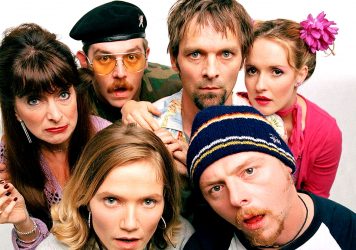
By Simon Bland
An oral history of the beloved sitcom with Jessica Hynes, Simon Pegg and Edgar Wright.
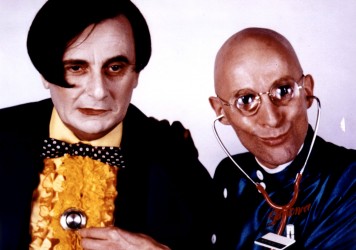
By Aimee Knight
Was creator Richard O’Brien on the money when describing his other box office flop?
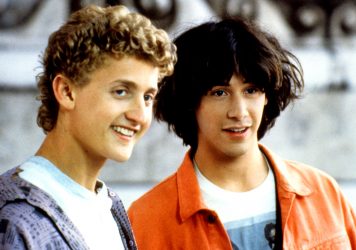
By Simon Bland
The inside story of how a goofy script by two unknown screenwriters became a beloved cult hit.